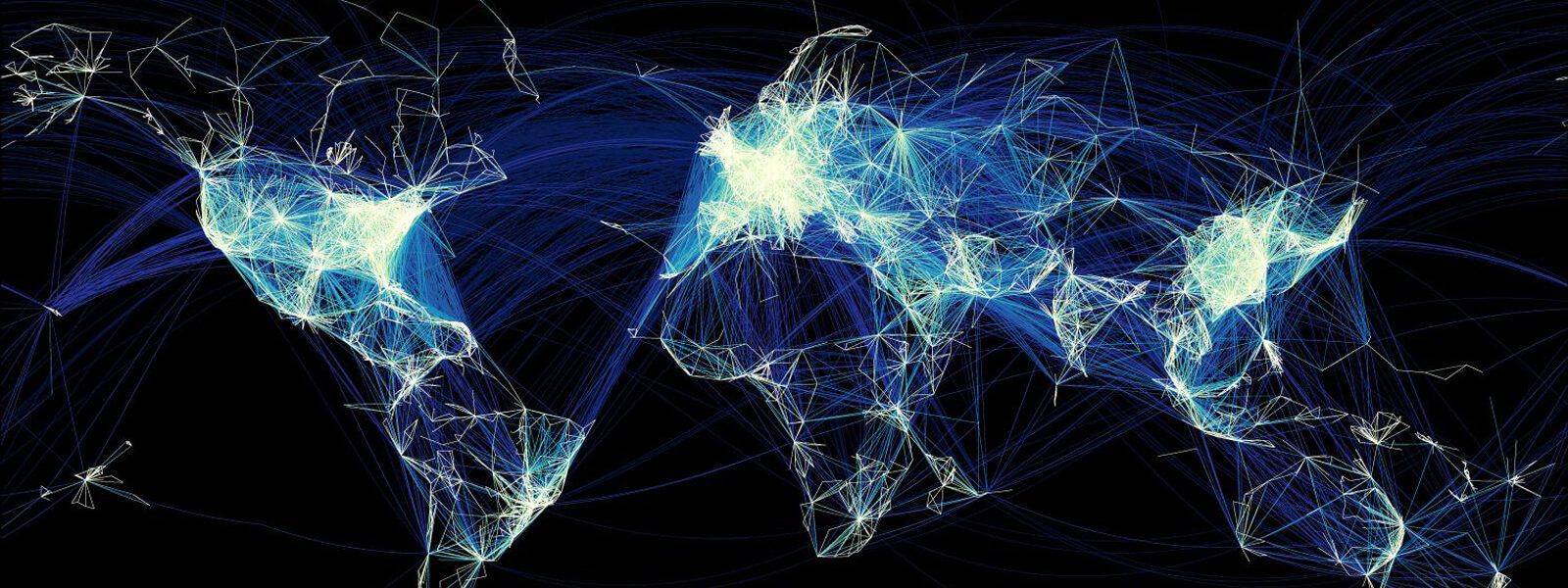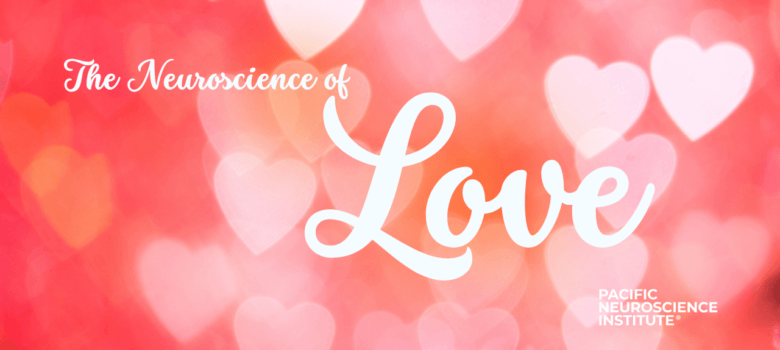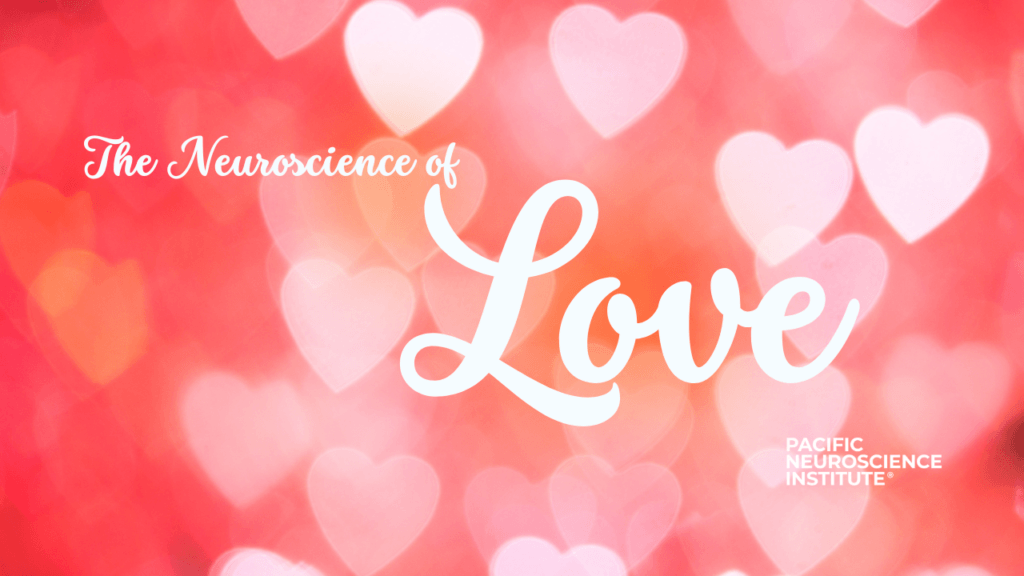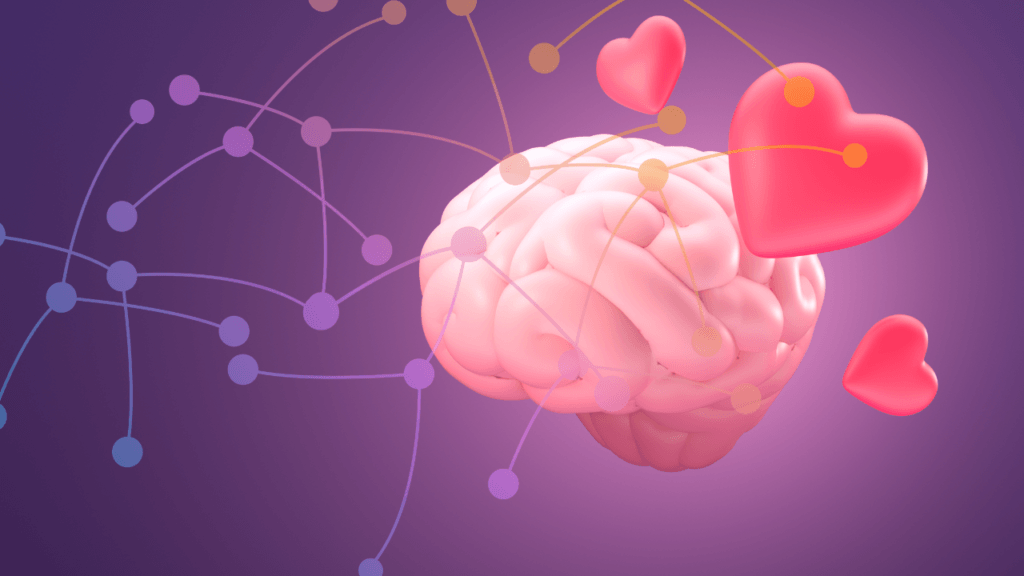

The Neuroscience of Love and Connection
by Zara Jethani
How Your Brain Shapes Relationships
Love and human connection are often described as mysterious and powerful forces, but modern neuroscience has begun to unravel the biological and chemical processes that drive our deepest emotions. From the first spark of attraction to long-term attachment and social bonds, love and connection are deeply rooted in the brain’s complex network of neurotransmitters, hormones, and neural pathways.
Chemistry of Love: Dopamine, Oxytocin, and Serotonin

Love and connection are often associated with an intoxicating rush of emotions, and that feeling isn’t just poetic—it’s chemical. The brain releases several key neurotransmitters that shape our romantic and social experiences:
- Dopamine: Often called the “feel-good” neurotransmitter, dopamine is heavily involved in the reward system of the brain. It plays a crucial role in feelings of pleasure, motivation, and reinforcement. When we fall in love or experience deep social connection, dopamine levels surge, creating a sense of euphoria similar to the effects of addictive substances like cocaine.
- Oxytocin: Known as the “bonding hormone,” oxytocin is released during moments of intimacy, such as hugging, kissing, and sexual activity, as well as during meaningful social interactions. It strengthens emotional bonds and fosters trust between partners, family members, and close friends, playing a key role in long-term attachment and social bonding.
- Serotonin: This neurotransmitter, which helps regulate mood and emotions, tends to fluctuate in the early stages of love. Interestingly, research has shown that serotonin levels in people newly in love resemble those found in individuals with obsessive-compulsive disorder, possibly explaining why early infatuation often feels all-consuming. Serotonin also contributes to emotional stability in long-term relationships and social connections.
Brain Regions Involved in Love and Connection

Different types of love and connection activate various brain regions, demonstrating that these emotions are not singular but rather a combination of complex neural activities. Some key areas include:
- Ventral Tegmental Area (VTA): This region is responsible for producing dopamine and is highly active when we experience romantic attraction and deep social bonding. It helps reinforce the pleasurable feelings associated with love and connection, motivating us to seek closeness with others.
- Amygdala: This almond-shaped structure plays a crucial role in processing emotions, particularly fear and anxiety. Interestingly, activity in the amygdala is often reduced when people are in love or deeply connected, which may explain why strong relationships provide emotional comfort and security.
- Prefrontal Cortex: This area is responsible for rational thought and decision-making. Research suggests that in the early stages of passionate love, the prefrontal cortex becomes less active, which may contribute to the impulsive and idealized nature of romantic relationships. However, in stable connections, this area helps regulate emotions and maintain balanced relationships.
Love and Connection Over Time: From Passion to Deep Bonds

The experience of love and connection evolves over time, transitioning from the intense highs of romantic attraction to a deeper, more stable form of attachment and social bonding. This shift is largely due to changes in neurochemistry:
- Early-Stage Love: In the honeymoon phase, high levels of dopamine and norepinephrine create excitement, energy, and intense focus on the partner or meaningful social interactions.
- Long-Term Attachment and Social Bonds: Over time, oxytocin and vasopressin become more dominant, fostering a sense of deep connection, emotional security, and trust. These changes help sustain long-term relationships, friendships, and family bonds.
The Neuroscience of Heartbreak and Social Loss
Just as love and connection activate pleasure centers in the brain, heartbreak and social loss can trigger neural responses associated with physical pain. Research using brain imaging has shown that rejection and emotional pain activate the same areas as physical pain, including the anterior cingulate cortex. This overlap may explain why heartbreak and social rejection can feel physically painful and why social connection is crucial for emotional healing.
Optimizing Brain Health for Love and Connection

To enhance the brain’s ability to experience and sustain love and meaningful relationships, certain lifestyle habits can be beneficial:
- Exercise: Regular physical activity boosts dopamine and serotonin levels, improving mood and overall brain function. Activities like yoga and cardio can also reduce stress and enhance emotional regulation, making it easier to form and maintain healthy relationships.
- Healthy Diet: A brain-boosting diet rich in omega-3 fatty acids (found in fish and nuts), antioxidants (found in fruits and vegetables), and lean proteins supports neurotransmitter function. Dark chocolate, in particular, has been linked to increased dopamine production.
- Quality Sleep: Sleep is essential for emotional regulation and cognitive function. Lack of sleep can impair the brain’s ability to manage stress and maintain positive social interactions.
- Mindfulness and Meditation: Practices like meditation and deep breathing can help regulate emotions and improve connection by increasing activity in the prefrontal cortex and reducing stress-related amygdala activity.
- Social Connections: Maintaining strong friendships and social bonds can enhance oxytocin production, fostering emotional resilience and making romantic and social relationships more fulfilling.
Love and Connection as a Brain-Body Experience

While love and human connection remain some of the most profound and transformative human experiences, neuroscience has helped demystify their inner workings. Understanding the brain’s role in love and connection can offer insights into our own romantic behaviors, strengthen relationships, and even help us navigate the challenges of love and loss. By optimizing our brain health through exercise, diet, sleep, and mindfulness, we can enhance our capacity for love and deepen our connections with others. Ultimately, love and connection are powerful blends of biology, chemistry, and human interaction—proof that the heart and the brain are more intertwined than we ever imagined.
Brain Wellness & Lifestyle Program at PNI
Pacific Neuroscience Institute
1301 20th St. #100, Santa Monica, CA 90404
213-344-2037 | Lifestyle@pacificneuro.org
Useful Links
About the Author

Zara Jethani
Zara is the marketing director at Pacific Neuroscience Institute. Her background is in molecular genetics research and healthcare marketing. In addition, she is a graphic designer with more than 20 years experience in the healthcare, education and entertainment industries.
Last updated: February 7th, 2025